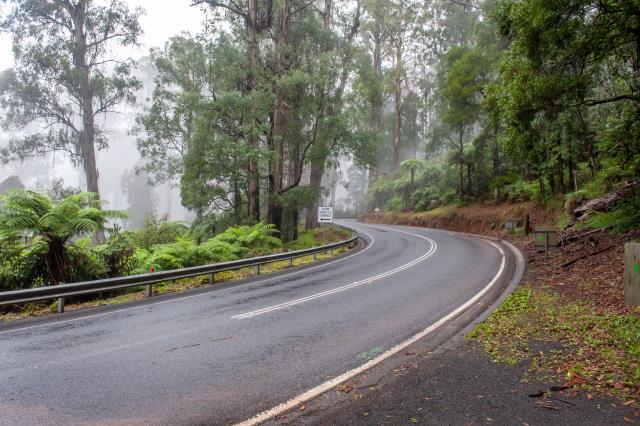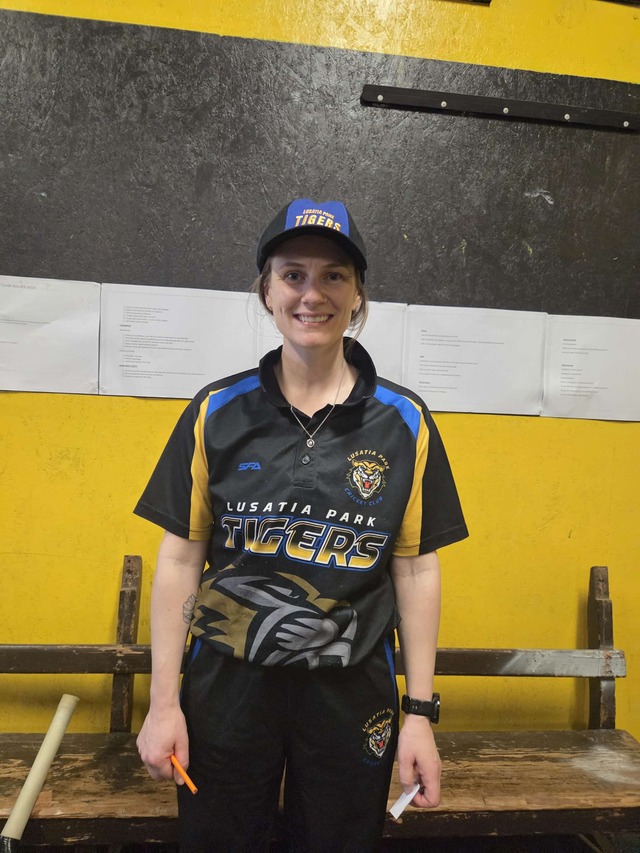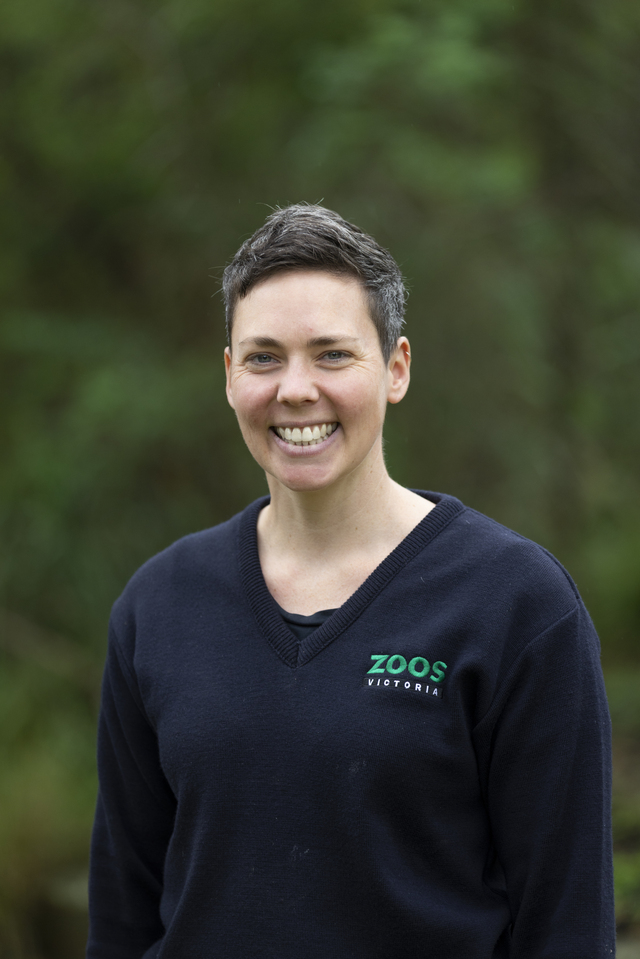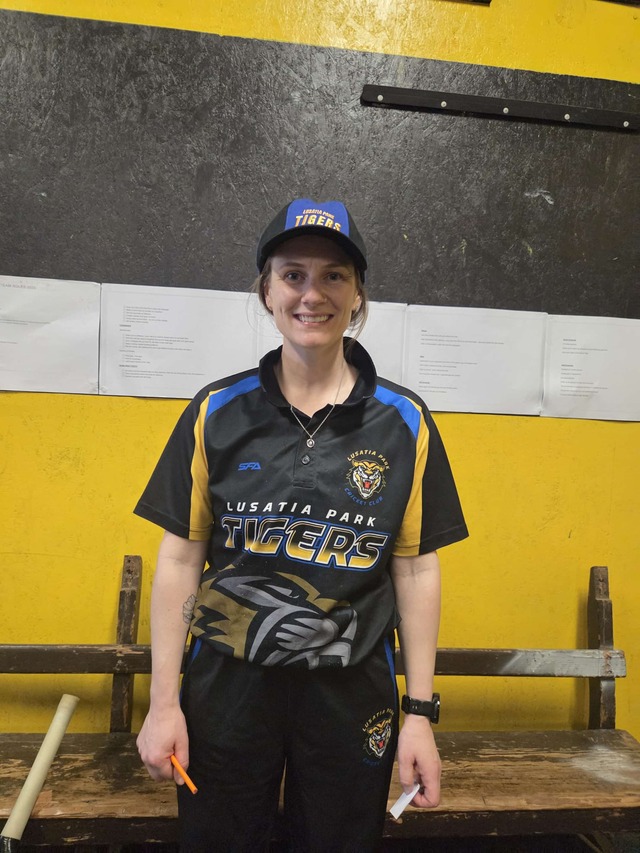By Kath Gannaway
“THE Millgrove to Powelltown fire has now spread through Big Pat’s Creek, McMahon’s Creek and Starvation Creek areas and is heading towards the Upper Yarra Dam.”
This week 25 years ago, Warburton residents and those of outlying communities including Powelltown, Reefton and McMahon’s Creek were thrown into the midst of what became the Ash Wednesday bushfires.
A combination of severe drought, high temperatures and strong winds set the scene for the summer of disaster which burnt out more than 40,000 hectares of private and public land and destroyed 57 buildings.
While more than 47 lives were lost in Victoria, the Warburton district, thankfully, escaped death.
The memories of that week of holocaust remains fresh in the memories of many of the district’s residents.
Barry Marshall was captain of the Warburton Fire Brigade.
It was 7.30 on Tuesday night, 15 February, when he got the call but the scene had been set earlier in the day.
“It started in the morning, quite calm but by about 2pm the winds came up, the temperature rose and the humidity dropped suddenly,” he recalled.
With only three fire trucks left in the valley because of the fires at Beaconsfield and Cockatoo, Mr Marshall said a change of direction, not of the fire, but of a strike force from Shepparton, gave them some of the resources they needed.
“About 8.30 12 fire trucks heading over to Cockatoo took the wrong turn at Woori Yallock and found themselves at Yarra Junction. Six were sent over to Powelltown and we got six up here.
“When the winds came up the fire went straight over the top of Mt Little Joe and towards Powelltown and just took off roaring like three or four steam trains coming up the valley.”
For residents of Old Warburton Road and on the Little Joe saddle, the Warburton Football ground, a mini city, became home for a few days.
Rosemary Crowley and husband Shane were having a community bus meeting at their house, their two children tucked into bed, when they had a call from a Millgrove friend telling them the fire was heading in their direction.
“I got the kids out and most of the people left, but Shane and Rick took cover in the dug out as the fireball hit across the top then started mopping up. They were able to save the house but lost sheds on the property,” she said.
With the children, Mrs Crowley watched from the Wesburn flats as the gas tank on top of Mt Little Joe exploded.
“It was pretty horrifying … not something you would want to go through again,” she said.
Pat Clinch was evacuated to the Upper Yarra Dam with her husband and two adult children.
“Quite a few families from the town were up there,” she recalls.
“We were told to evacuate on the Wednesday morning and went up by car. We took something to eat, photo albums – that’s something you don’t leave behind.
“As the fire approached the families were moved to the big outlet pipe below the dam.
“You could see the fire, there was a lot of smoke and with lots of children, and a pregnant lady, it was very frightening.
“Until you’ve been through something like that you just don’t know how frightening,” Mrs Clinch said.
Badger Creek Fire Brigade captain Ray Frogley was with the Forestry Commission at the time and ended up at Warburton and later Powelltown with 15 or so of his workmates, working side by side with firefighters from all over the state.
“You realised early in the day with the wind blowing hot and dry that it was going to be a bad day,” he said. “As soon as there was a fire of any sort you had to get the jump on it right away.
“You knew if you didn’t stop it, it was going to be a disaster.”
For Barry Marshall, an experienced fire-fighter, it was the magnitude of the fire and the way everyone pulled together that remain strong in his memory.
“We were prepared for a hot, dry summer, but not for a fire of that size and ferocity,” he said.
On the fire front paid and volunteer fighters from the CFA, Forest Commission, MFB and MMBW as well as helicopters and spotter planes were involved in the fight.
Media reports of the day recalled the Army and Navy sent 100 men to Powelltown and praised the work of “10 ladies from the Warburton Fire Brigade Ladies Auxiliary who have worked non-stop day and night organising food for the fire fighters”.
Mr Marshall was on the job for seven days straight – starting at 7.30pm on the Tuesday and finishing mopping up at 7.30pm the following Tuesday.
He had just 16 hours sleep, and he wasn’t alone in putting in the type super-human effort which will stand as one of Victoria’s worst and one of Victoria’s most admirable experiences.
“The Seventh Day Adventist community were very good organising the church hall with mattresses and serving up meals day and night. We also had a lot of support from down the line, including from McDonald’s,” Mr Marshall said.
Twenty-five years on Mr Marshall is still involved with the Warburton Fire Brigade and says huge lessons were learned from the Ash Wednesday experience.
Vehicles and training were upgraded, and public education about preparation and surviving bush fires has become part of everyday life for people living not only in bushfire-prone areas, but across the state.
‘Just like steam trains coming up the valley’
Digital Editions
-

Roads rate poorly for safety
Purchase this photo from Pic Store: 207201 New road safety ratings have been revealed for some of Australia’s most well-travelled roads, and a few in…





